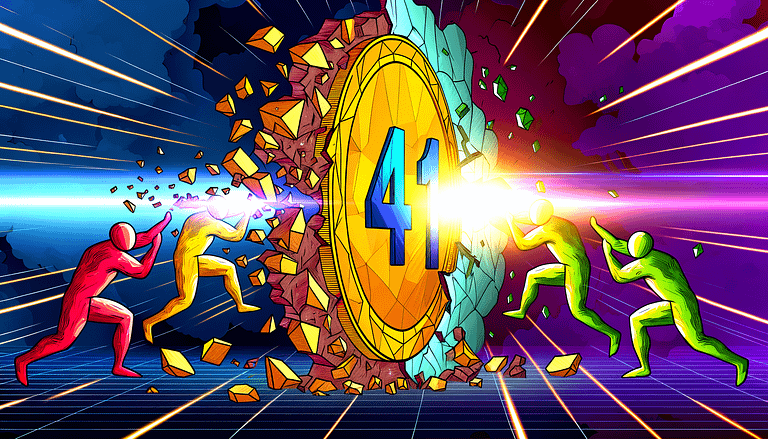Next Crypto Wave: AI, Asset Tokenization, and ETFs
In A Nutshell
The anticipation of Bitcoin’s next bull run ushers in a period of strategic planning for investors. With the market temporarily in a slump, it’s essential to look beyond the immediate horizon and identify trends that may influence the trajectory of cryptocurrency investments. The integration of Bitcoin and Ethereum into exchange-traded funds (ETFs) has broadened the investor base, signaling a shift in market dynamics. This transition underscores the importance of understanding new investment frameworks, particularly for those entering the crypto space. Among the evolving trends, three stand out: the fusion of blockchain technology with artificial intelligence (AI), the tokenization of real assets and debt, and advancements in blockchain efficiency through technological innovation.
Emerging Trends in Crypto Investments
Blockchain Meets AI
The convergence of blockchain and AI represents a significant trend, with numerous projects exploring the synergies between these technologies. This trend capitalizes on blockchain’s decentralization and transparency alongside AI’s prowess in data analysis and automation. While outcomes remain speculative, the narrative around blockchain and AI integration holds strong potential for attracting investment and innovation.
Tokenization of Real Assets and Debt
A less explored yet potentially transformative trend is the tokenization of real assets and corporate debt. The crypto market has yet to fully tap into the debt market, a domain where traditional finance sees vast activity. The emergence of stablecoins laid the groundwork, but the broader application of blockchain for representing real-world assets and corporate debts could unlock new investment avenues. Projects like PV01 and Ondo Finance are at the forefront of exploring these possibilities.
Enhancing Blockchain Technology
Improving blockchain’s core technology to increase its efficiency, throughput, and reduce operational costs is another critical trend. Innovations such as parallel Ethereum Virtual Machines (EVMs) and zero-knowledge (ZK) proofs aim to address these challenges. By enhancing the underlying technology, projects like Sei and Monad are working towards a more scalable, cost-effective, and privacy-oriented blockchain ecosystem.
Investment Strategies and Decision Making
Understanding and investing in these trends requires a balance of curiosity and caution. The complexity of a project shouldn’t deter investment, but a lack of understanding should. A clear, comprehensible investment thesis indicates a project’s viability and potential for success. Furthermore, recognizing that institutional investors often pioneer investment in emerging narratives can guide individual investors in their decision-making process.
Our Take
The landscape of cryptocurrency investment is evolving, with significant emphasis on technological innovation and broader market participation. As Bitcoin anticipates its next bull run, understanding the undercurrents shaping the future of crypto investments becomes crucial. The interplay between blockchain and AI, the tokenization of real assets and corporate debt, and enhancements in blockchain technology represent promising avenues for growth and innovation. While these trends offer exciting opportunities, investors should approach them with a mindset geared towards learning and adaptability. The complexity of these innovations necessitates a comprehensive understanding to navigate the risks and rewards effectively. In essence, the future of cryptocurrency investment lies in leveraging these trends, making informed decisions, and staying attuned to the evolving digital assets landscape.







